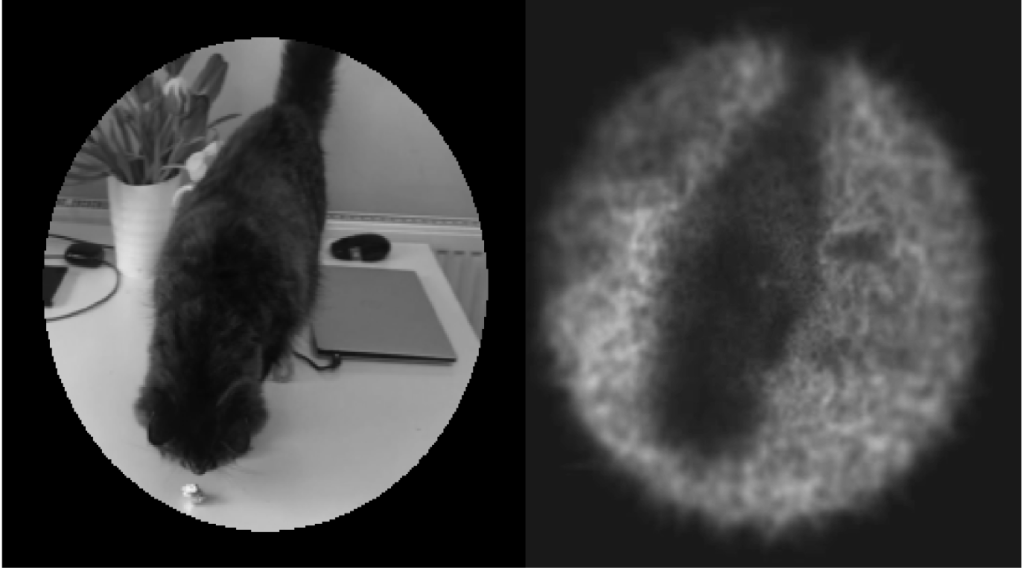University of Washington researchers refute Elon Musk’s claim that Neuralink’s brain implants could provide better than normal vision. While the implants have the potential to bring about a breakthrough for the visually impaired by creating artificial vision, they may not match the complexity of the brain’s vision system which doesn’t directly translate into pixel-by-pixel picture. Neuralink has been working on developing brain implants for patients to interact with their environment using high-level processing. One patient involved in a clinical trial spoke positively about the experience, despite some performance degradation.
Neuralink’s next application, known as Blindsight, aims to provide artificial vision through implants. The initial resolution would be relatively low, akin to Atari graphics, and Musk believes that it could potentially be better than normal vision over time. However, University of Washington researchers simulated images generated by combining inputs from thousands of electrodes connected to neurons in the brain. They note that the images produced by these devices might not be as detailed as natural vision due to the complexity of the brain’s visual system.
Recreating the code used by thousands of neurons to create normal human vision poses a significant challenge. Each individual cell has its own code for interpreting vision, making it difficult to align an electrode to each cell in the visual cortex. Therefore, mapping every single cell in the visual cortex to stimulate them appropriately would be time-consuming and complicated. Researchers believe that users of artificial vision systems may struggle to adapt to an incorrect code, indicating that there is no evidence of substantial adaptability to an incorrect visual code currently.
The University of Washington researchers believe their computer-generated models will be helpful in evaluating the potential performance of artificial vision systems, including Neuralink’s. Teams like Neuralink and others are working on developing such systems to assist visually impaired individuals. It’s crucial for patients, surgeons, and families to have realistic expectations of these technologies to avoid potential disappointment. Late-onset blindness can be a challenging condition for people to adapt to, and claims that the technology will provide better than human vision can create false hope and potentially dangerous situations.
Ultimately, the University of Washington study provides insight into the limitations of brain implants for artificial vision. While they have the potential to assist visually impaired individuals, these implants may not achieve the levels of visual detail that natural vision provides. Continued research and technological advancements will be necessary to address the complexities of the brain’s visual system and improve the performance of artificial vision systems. Funding for the research was provided by the National Institutes of Health, highlighting the importance of furthering our understanding of brain implants and artificial vision.














